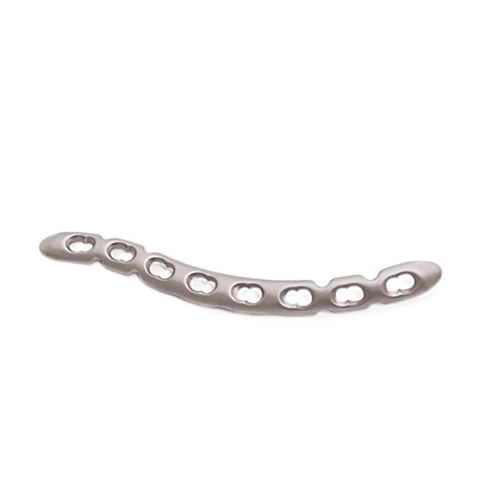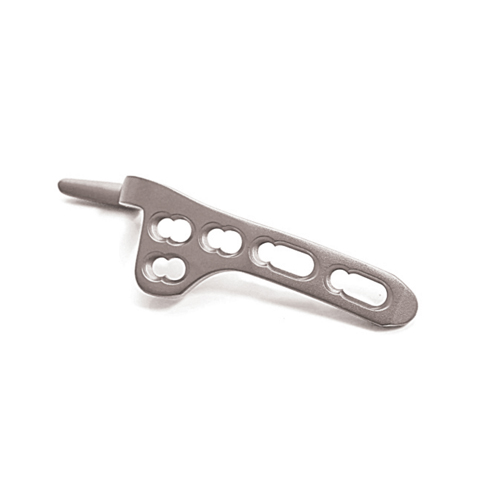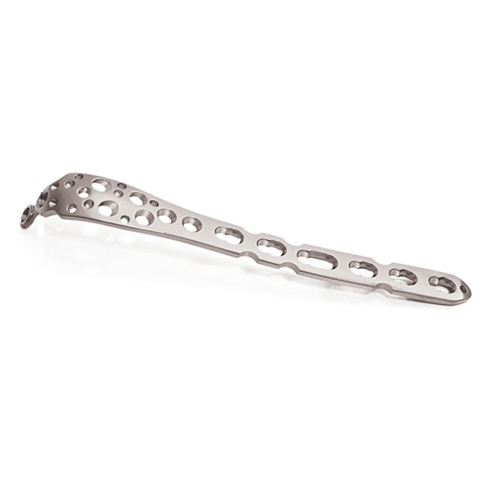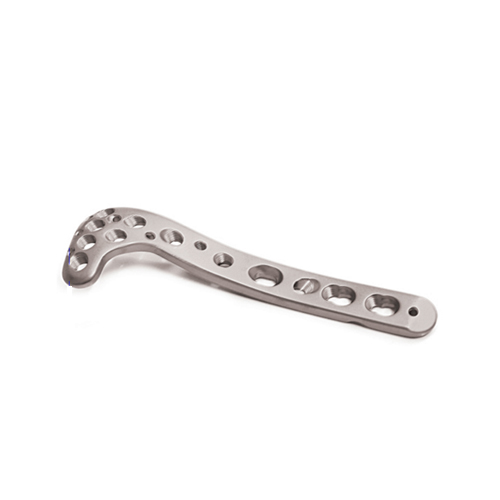Locking plates come with a relatively high pull-out strength on locking head screws and they treat fractures efficiently. Particularly, locking plates treat fractures with biological fixation, fractures with short metaphyseal segments or shaft fractures, and fractures in osteoporotic bone. this eliminate the need for friction between the bone and the plate, while it conducts placement without contacting with the bone.
In other words, locking compression plates provide a high level of rigid fixation. Along with this, the design of a locking plate provides less possible contact between the bone and the plate to preserve the supply of periosteal blood and perfusion of bone. Therefore, a locking plate enhances the functions and performance of joints and bones by providing the right plate and screw connections.
combines locking screw technology with periarticular plates to create fixed-angle constructs for use in comminuted fractures or where deficient bone stock or poor bone quality is encountered. The fixed-angle plate/ screw device can be used in osteopenic bone and other areas where traditional screw fixation may be compromised.
- Low profle plates are designed to help minimize discomfort and soft tissue irritation
- Contoured plates mimic the anatomy of the fingers
- Plates are available in different styles, to suit fracture complexity
- Flexible Plating Technology delivers in-situ contourability
- Titanium screws for strong stable fixation Optimal plate contours
Unique, versatile screw hole design Streamlined instrumentation.
- Coordinating drill guides, drill bits, and screwdrivers are color-coded for ease of use.





